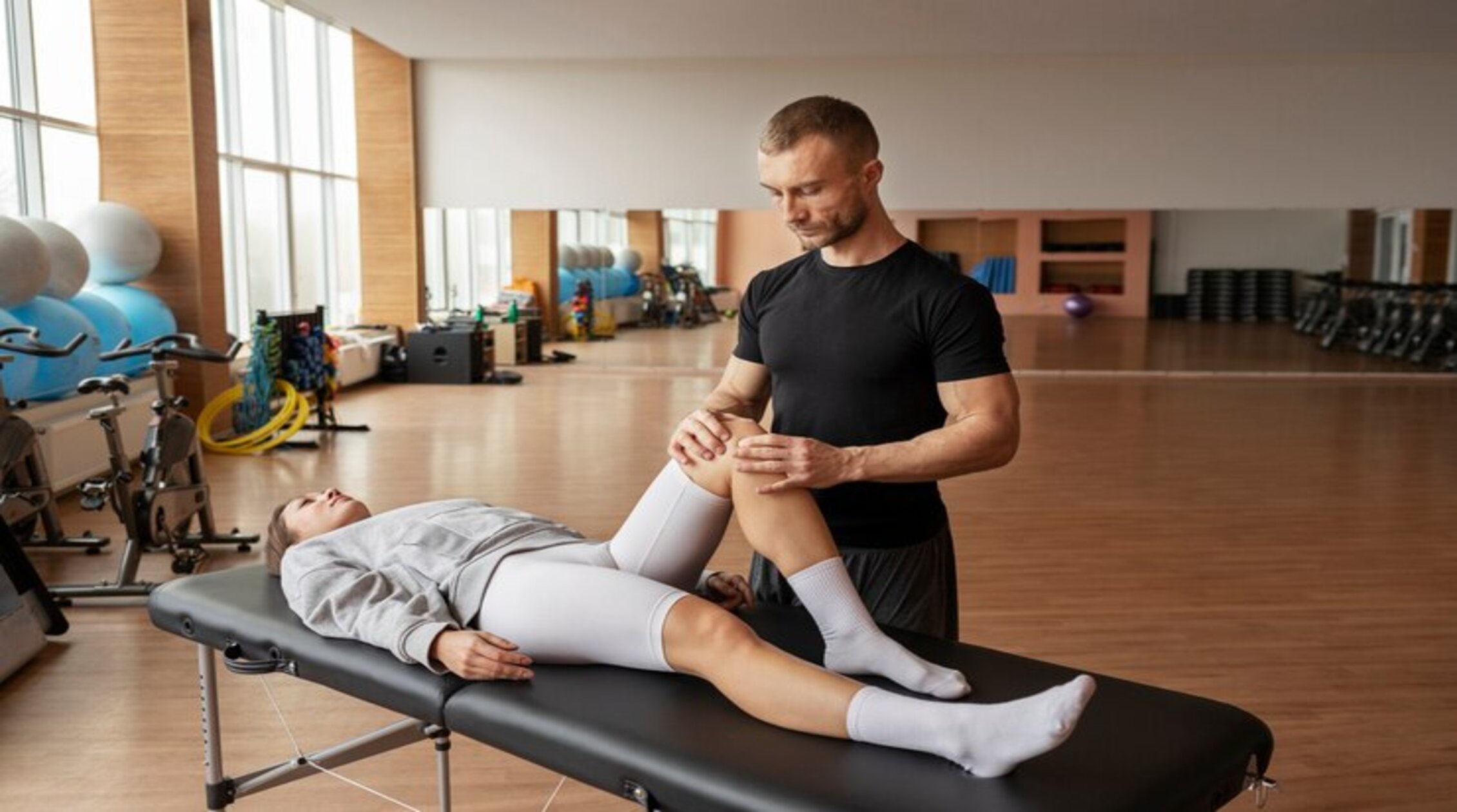Nerve injuries are common and multifaceted. The nerve can be severed, pulled, crushed, or compressed. Nerve pain is severe and described as burning, electric, or shooting with loss of sensation, weakness, and dropping objects. When grappling with nerve injuries, the strategic application of physical therapy becomes an invaluable ally in the path to recovery. In this blog, we’ll explore the multifaceted landscape of physical therapy for nerve injuries, uncovering its pivotal role in restoring functionality, mitigating discomfort, and fostering a renewed sense of well-being.
What is Physical Therapy?
Physical therapy involves applying specialized exercises, stretches, and hands-on techniques to help individuals recover from injuries, manage pain, or improve their physical function and mobility. Restoring movement and function is the main focus of this branch of healthcare, whether after an injury, surgery, or a chronic condition. Physical therapists work closely with patients, creating personalized treatment plans to enhance strength, flexibility, and overall well-being, aiming for recovery and preventing future injuries. Through targeted interventions and guidance, they assist people in regaining independence and optimizing their quality of life.
Types and Causes of Nerve Injuries
Physical injury, like injury from car accidents, falls, sports, and medical practices, can cut, pull, tramp, traction, or squeeze nerves. Broken and dislocated bones can exert damaging pressure on nerves and slipped disks between the vertebrae can compress nerve fibers where they exit from the spinal cord.
Cut Nerves
- When an injury severs a nerve, Wallerian Degeneration occurs, which causes degeneration in the part of the nerve beyond the injury. The neural sheath remains intact (due to surgery). However, the inside – the fibers that communicate information – deteriorates. The nerve cells, or neurons, begin regrowing after a month. The nerve grows approximately 1mm per day after degeneration is complete. The regrowth can take a long time, depending on the initial location of the nerve severance.
Compressed / Crushed Nerves
- Compression of the nerve stops the movements and communication. Symptoms include pins and needles, dropping objects, and numbness. Arthritis, long pressure on a nerve, or redundant, forceful movements can cause ligaments or tendons to swell, which limits or condenses the neural paths. The foramen, or area where the nerve exists in the spinal cord, can also check and cause compression upon the nerve. The symptoms can then be felt distal to the reduction site.
Pulled / Traction of Nerves
- Please keep in mind that significant trauma to the arm or leg, a car accident, a high fall, or a machinery accident can cause the nerve to become pulled or torn from its original position. Sometimes, the pulling is just inside the neural sheath. This has a significant impact on the signal and communication of the nerve. The axons and neurons are directly influenced and need time to heal. Due to this severe trauma, the nerve remains in place but cannot transmit impulses.
Healing from nerve pain
If you have nerve pain, you may be wondering if it’s possible to repair nerve damage. Every nerve injury is unique, and recovery depends on the injury’s nature and severity.
Sometimes, acute nerve pain can be relieved within weeks, while other times, the pain can be more chronic and severe. On average, nerve repair and recovery can take anywhere from six weeks to six months, depending on how the injury occurred.
Seeing a professional to address the cause of your pain is crucial, and doctors often recommend physical therapy as a treatment for nerve injuries. Central or peripheral nerve injuries require different types of treatment, and physical therapists can help you get to the bottom of your pain so you can receive the best possible treatment to help heal damaged nerves.
Physical Therapy for nerve injuries
A physical therapist can be a helpful resource as your nerves recover. They can help you restore function through various treatment methods from your initial diagnosis onward.
These techniques may include specified exercises to reconstruct muscle strength, stretching or soft tissue massage to treat scar tissue, or range of motion exercises to enhance movement patterns for the involved limb. Core stabilization exercises and balance methods like tai chi can help those with more generalized peripheral neuropathy.
Specific strengthening exercises can help if your nerve injury results from a muscle imbalance or if weak muscles are altering your posture or causing joint instability. Using carefully targeted activities, a physical therapist can help strengthen and stabilize your joints to lessen your pain.
If the reason for the nerve pain is tight muscles or tendons, trying specific joints and tissues can give the nerve more room to move. Also, keeping your joints mobile can stop further injury or nerve injury. A physical therapist may also utilize soft tissue massage to remove muscle tension. This can allow a nerve to move and glide more freely in its path and can reduce pressure on the nerve.
Physical Therapy should be one of the first lines of neuropathic pain protection. It’s convenient, affordable, and has many other health advantages. To manage some peripheral neuropathy symptoms, you can start a home exercise routine. A physical therapist can help you get started on your path to pain relief.
Benefits of Physical Therapy versus other treatments
Regular exercise has been scientifically proven to reduce the severity of neuropathic pain. However, alternative treatments such as nerve surgery or high dosages of pain medication can cause harmful side effects. Pain medication can be expensive, addictive if used for an extended period, and may have other adverse side effects.
Analysis shows the best method is a mixture of treatments. This might include medication alongside physical or cognitive Therapy in some instances. It is essential to take a multidisciplinary approach for more chronic and severe nerve pain cases since there is no single sure-fire solution.
Conclusion
Nerve pain can be frustrating and debilitating, but there are a variety of treatments that can provide relief. Research recommends combining guided exercise, medication, and occasionally mental health intervention. Physical Therapy for nerve injuries can help manage symptoms, decrease pain, and improve physical and psychological health. If you are experiencing pain, don’t hesitate to contact your doctor or neighborhood physical therapist. Analyzing and treating your pain early can mean stopping more discomfort later.



